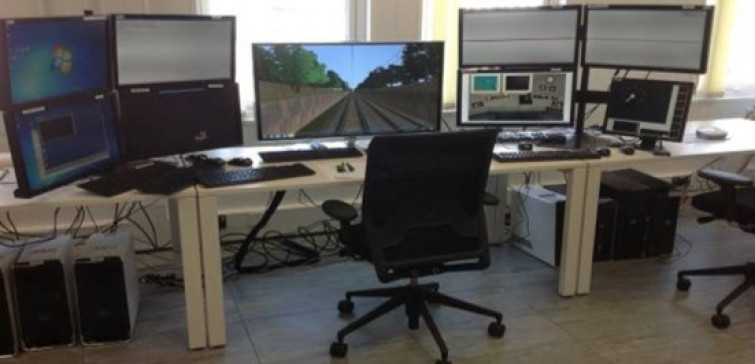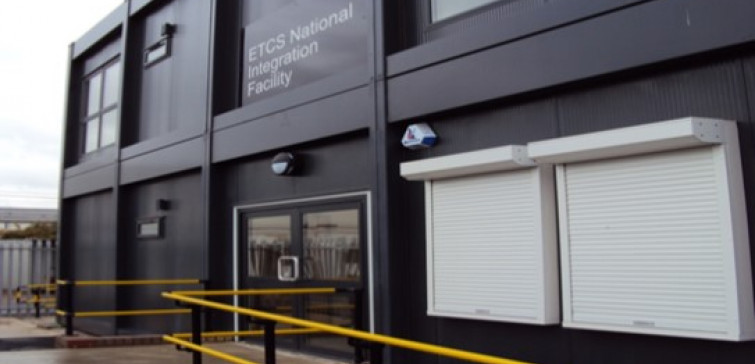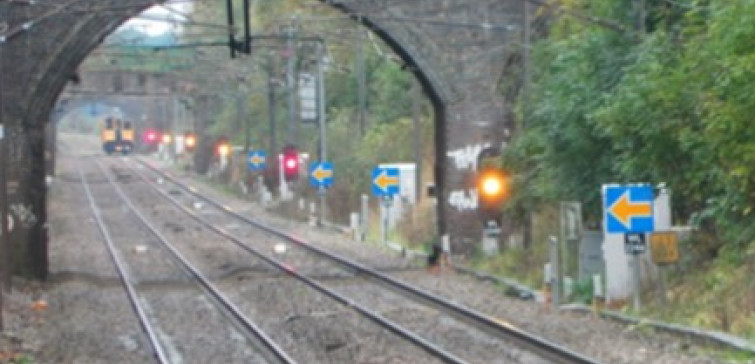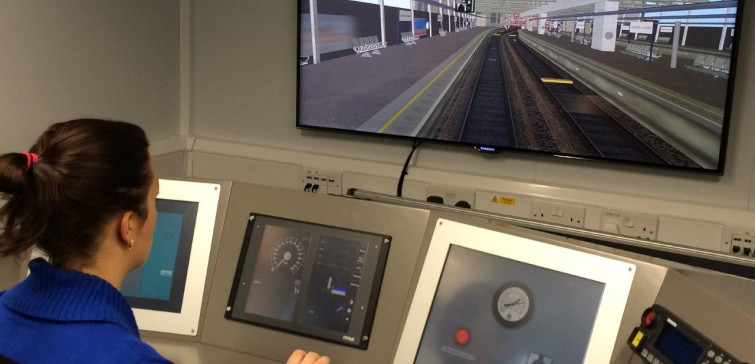Development & Implementation of ETCS
The European Train Control System (ETCS) was initiated by the European Commission in the early 2000’s to improve interoperability between different countries’ railways, to lower implementation costs, to improve safety and to allow greater access for suppliers across Europe by having commonality of systems.
In 2005 Network Rail began a feasibility study of the installation of ETCS technologies for major re- signalling schemes in the UK. In 2011, Network Rail then implemented a pilot ETCS level 2 project without lineside signalling on the Cambrian Line, in mid- Wales. The intention was that, once the pilot was successful, ETCS level 2 would be rolled out across the UK’s railway network.
The pilot project proved a success and ETCS is now a core part of Network Rail’s plans for renewal of signalling systems and is central to the ‘Digital Railway’ initiative for the future.
The reach of ETCS has extended beyond Europe’s borders and is recognised as a standard technology by railway operators globally, and is being implemented worldwide. We have already worked with a number of clients internationally to assist them in implementing
Development & Implementation of ETCS
Although ETCS has been available for approximately 10 years, the technology is still developing, as different networks identify new applications and experience from railways where it is already in operation is gained and used to refine the system.
Infrastructure owners and operators require an in-depth understanding of the latest capabilities and developments to ensure the right specification and configuration for their network.
Network Rail is one of the leading developers of ETCS on a major railway. We understand the complex technologies and systems, and how to successfully integrate them. We understand how ETCS is rapidly evolving, and we can use our skills and experience to help you in developing your own system.
The implementation of ETCS is not only a technological change; it requires organisational change to working processes for signallers, train staff and maintenance staff. As network operator and maintainer, Network Rail has first- hand experience of implementing these changes, and can assist you managing change in your organisation.
Development & Implementation of ETCS
Network Rail is experienced at undertaking complex projects on operational railway environments, minimising disruption for passengers whilst implementing projects efficiently. Network Rail has amassed a wealth of experience in implementing ETCS, including:
- development of business cases production of operational concepts
- project development and design
- installation, testing and commissioning; and safety and system approvals.













